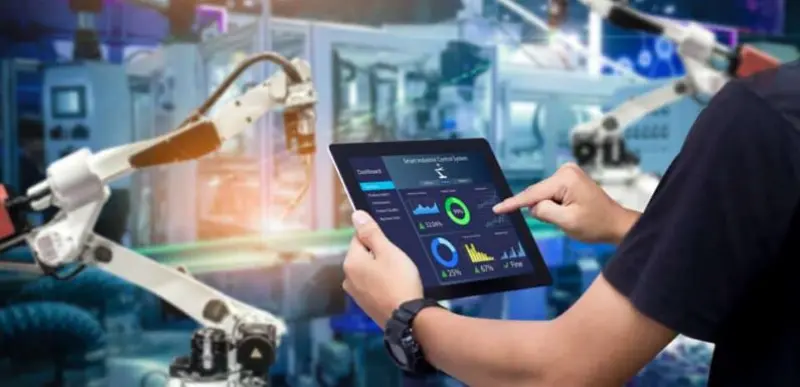The Power of AI in Preventing Accidents and Breakdowns
In the manufacturing industry, accidents and breakdowns can lead to significant disruptions, safety risks, and financial losses. However, with the advent of artificial intelligence (AI), manufacturers now have a powerful tool at their disposal to predict and prevent such incidents. By leveraging AI algorithms and data analytics, manufacturers can proactively identify potential hazards, mitigate risks, and ensure smooth operations on the factory floor.
Enhancing Safety with AI-Powered Predictive Analytics
AI enables manufacturers to analyze vast amounts of data, including sensor readings, equipment performance metrics, and historical incident records, to identify patterns and anomalies that may precede accidents or breakdowns. By employing predictive analytics, AI algorithms can assess real-time data and generate actionable insights, enabling manufacturers to take preventive measures before incidents occur. This empowers them to create safer working environments, protect their workforce, and minimize the likelihood of accidents.
Proactive Maintenance for Optimal Equipment Performance
Traditional maintenance practices often rely on fixed schedules or reactive responses, resulting in unexpected breakdowns and costly downtime. With AI, manufacturers can shift to proactive maintenance strategies. By continuously monitoring sensor data and equipment health metrics, AI algorithms can detect early warning signs of potential failures or deteriorations. This allows manufacturers to schedule maintenance activities at the most opportune times, preventing unplanned downtime, optimizing resource allocation, and maximizing equipment performance.
Real-Time Monitoring and Anomaly Detection
To ensure smooth operations and minimize disruptions, real-time monitoring plays a crucial role. AI-powered systems can process and analyze data streams from various sensors in real-time, enabling manufacturers to detect anomalies and deviations from normal operating conditions promptly. By setting up thresholds and utilizing machine learning algorithms, AI can trigger alerts and notifications whenever unusual patterns or behaviors are identified. This empowers manufacturers to take immediate corrective actions, preventing accidents and breakdowns before they escalate.
Predictive Quality Control for Enhanced Product Integrity
In addition to safety considerations, AI can also contribute to maintaining high-quality standards in manufacturing processes. By integrating AI algorithms with quality control systems, manufacturers can analyze sensor data, production parameters, and historical quality records to predict potential defects or quality deviations. This allows them to proactively address issues, optimize production settings, and ensure consistent product integrity, reducing the risk of costly recalls and customer dissatisfaction.
Overcoming Challenges and Embracing the Future
While the potential of AI in predicting accidents and breakdowns is immense, there are challenges to overcome. These include data availability, data quality, and ensuring the interpretability and transparency of AI models. Manufacturers must also consider the ethical implications of using AI for decision-making. However, with proper data management practices, ongoing algorithm training, and a holistic approach to safety and risk management, the benefits of AI in preventing accidents and breakdowns far outweigh the challenges.
In conclusion, AI has emerged as a powerful tool in the manufacturing industry to predict and prevent accidents and breakdowns. By leveraging AI-driven predictive analytics, real-time monitoring, and proactive maintenance strategies, manufacturers can enhance safety, optimize equipment performance, improve product quality, and drive operational efficiency. As manufacturers continue to embrace AI technologies, they pave the way for a safer, more reliable, and more productive future.
